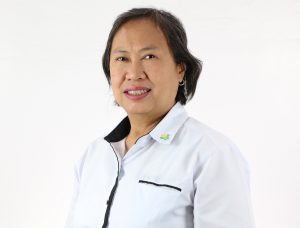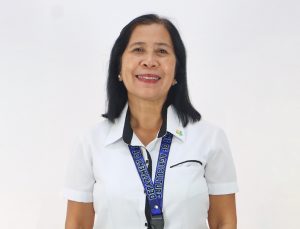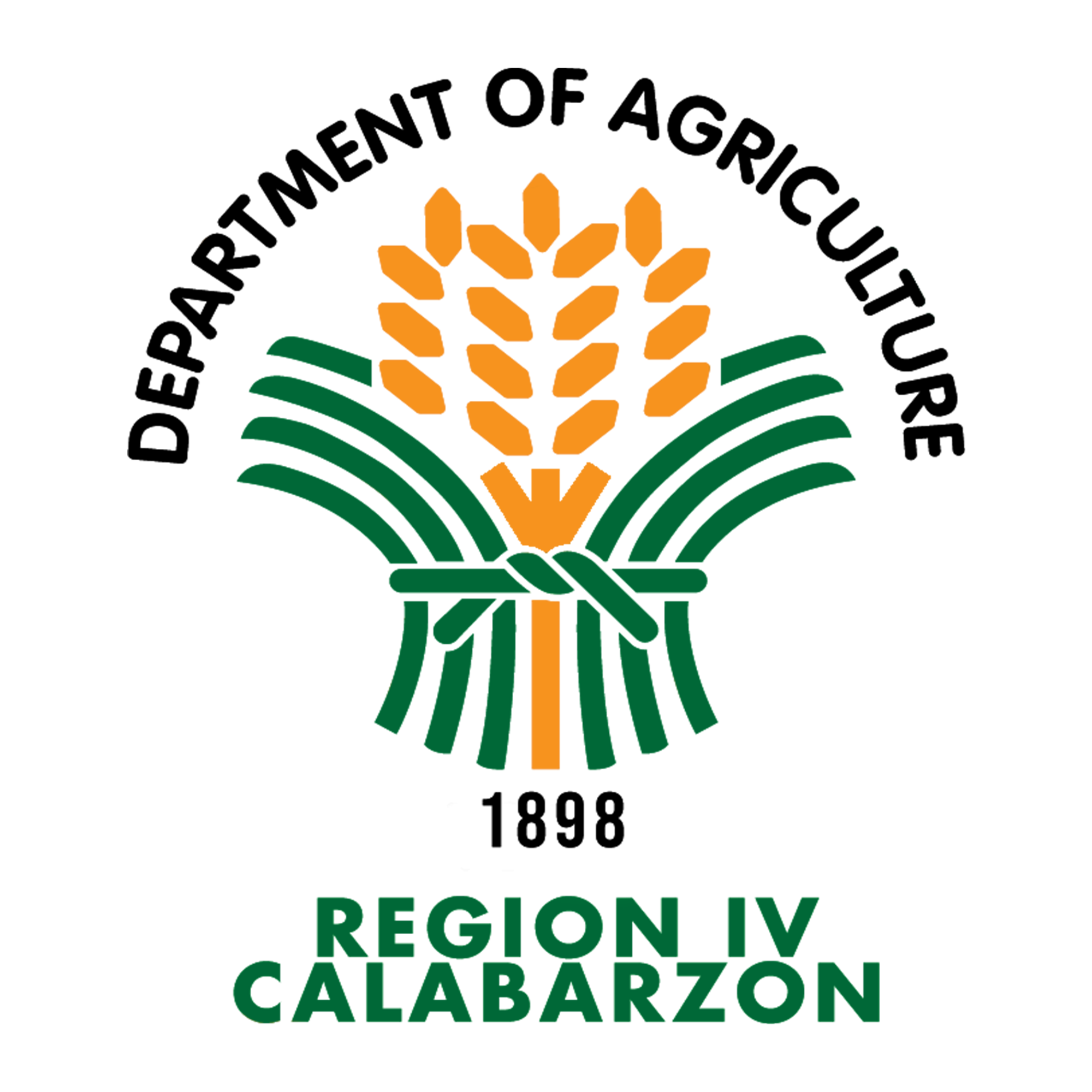The Research Division
A brief history
The Department of Agriculture Regional Field Office IV-CALABARZON’s Research Division and Research and Experiment Station (RES) play vital roles in the region’s agricultural landscape. Post-1991, these entities retained research functions, establishing centers and stations across CALABARZON. Guided by the Agriculture and Fisheries Modernization Act (AFMA) of 1997, they drive mid-stream and downstream agricultural research, aligning with the region’s agricultural programs. Over the years, with support from the DA-Bureau of Agricultural Research (DA-BAR), they have developed flagship commodities and promoted proven technological innovations. Through collaborations with various stakeholders, they facilitate the adoption of matured technologies and address location-specific agricultural challenges. The DA RFO IV-CALABARZON is also committed to enhancing collaborations and xstrengthening linkages with other research institutions to facilitate modernization and technology-based agricultural development in the face of challenges like climate change and urbanization. Collaborations with institutions like the International Rice Research Institute (IRRI) and the Philippine Rice Institute (PhilRice) in digital agriculture initiatives further demonstrate the region’s commitment to innovation and sustainability in agriculture.
Vision
A dynamic organization that effectively responds to the needs of the agriculture sector in Region IV (CALABARZON) in support of the goals and objectives of AFMA through excellence in research and Development.
Mission
To serve as an effective instrument to consolidate and strengthen the regional agricultural r4d&e systems for increased effectiveness and efficiency.
Office of the Research Division Chief

Dr. Eduardo R. Lalas
OIC – Division Chief

Aida P. Luistro
Assistant Division Chief

Aida P. Luistro
R4D Program Development & Implementation Section – Head

Ginalyn DC. Bocaya
R4D Agenda Integration and Monitoring & Evaluation Section – Head

-----------------------------------------------------------------------------------------------------------------------------
Lipa Agricultural Research & Experiment Station
A brief history
By virtue of the Batangas Provincial Board Resolution No. 3 dated April 18, 1931, a fifty-hectare land in Marawoy, Lipa City was donated for agricultural and experimental purposes. Research on citrus was initiated. For the past years, the station has been the foundation of the citrus industry in Batangas owing to its culture of the premier varieties and hybrids of citrus. It is the prime source of various citrus plants that abound in many places particularly in Bicol region, and in the provinces of Cavite, Batangas, Rizal, Laguna, and Quezon. The golden history of the citrus industry, particularly in Lipa City, has contributed to the economy and improved the living condition of the workers. However, due to mottling disease, the citrus industry declined. Furthermore, portions of the area were utilized by the national as well as the local government unit of Lipa. In 1971, the Lipa City Government passed a resolution to rename the station in honor of Dr. Manuel L. Roxas, an eminent scientist and illustrious citizen of Lipa and the first to serve as Director of BPI. In 1976, an area of one hectare under Lot No. 1286-A was utilized as Balintawak Elementary School (now Abundio Torre Memorial School) and lot No. 1286-B (two hectares) was used as breeding station of the National Stud Farm. In 1987, seven hectares were utilized for the establishment of the International Training Institute for Pig Husbandry (ITCPH).
In 1983, the station was integrated with the Department of Agriculture Region IV and became the seat of the Regional Integrated Agricultural Research Systems (RIARS) office. Since then, it has served as a research outreach station. In 1989, through Executive Order No. 116, the station was again renamed as Dr. Manuel L. Roxas Regional Integrated Agricultural Research Station.
In 2005, an area of 4.8 hectares was granted to the Lipa City Government for the establishment of a material recovery facility which was demolished, then a school, Kolehiyo ng Lungsod ng Lipa was constructed.
The station is located at J.P. Laurel Highway, 01 Brgy. Marawoy, Lipa City, Batangas 4217 situated at an elevation of 312 m. above sea level. It is approximately 78 km. from Manila and takes about 1 hour and 45 minutes to travel by car via the South Luzon Expressway (SLEX) and the Southern Tagalog Arterial Road or STAR Tollway using Lipa Balete Exit. while it is a 30-minute drive from Batangas International Port via the STAR tollway. The station is bounded by the government offices (BIR, PSA and Fiesta Mall) in the north, the Kolehiyo ng Lungsod ng Lipa in the east, SM City Lipa in the south and Lipa City Hall and LTO district office in the west. Also, the station is surrounded by other commercial establishments like shopping malls and other businesses including residential areas like housing and subdivisions.

Virgilia D. Arellano
Center Chief

Lipa Agricultural Research & Experiment Station Building
Vision
A client-based station responsive to the needs of citrus, coffee, corn and livestock industry in Batangas thru a fully equipped, modernized and competitive research and experiment station.
Mission
To contribute to increasing productivity, commercialization and competitiveness of the agricultural sector through generation and promotion of knowledge, information and technologies that respond to clients’ demands and opportunities.




Priority Commodities

Citrus

Corn

Coffee

Cassava

Coconut
Research Facilities
Postharvest and Food Processing Facility ( FDA accredited)


Nursery & Green house


Tissue Culture Laboratory ( BPI accredited)


Mushroom Laboratory and Growing House








 All content is in the public domain unless otherwise stated.
All content is in the public domain unless otherwise stated.